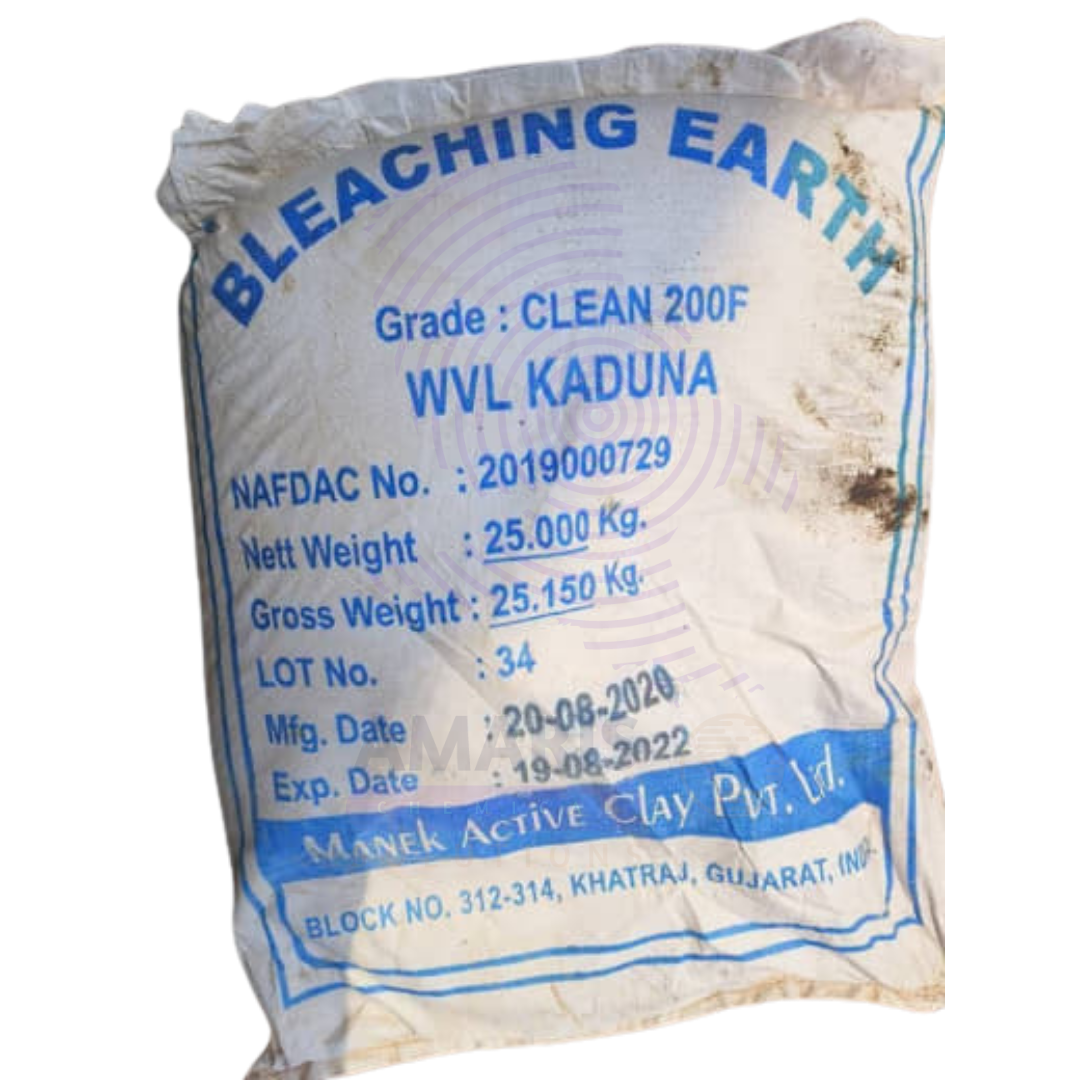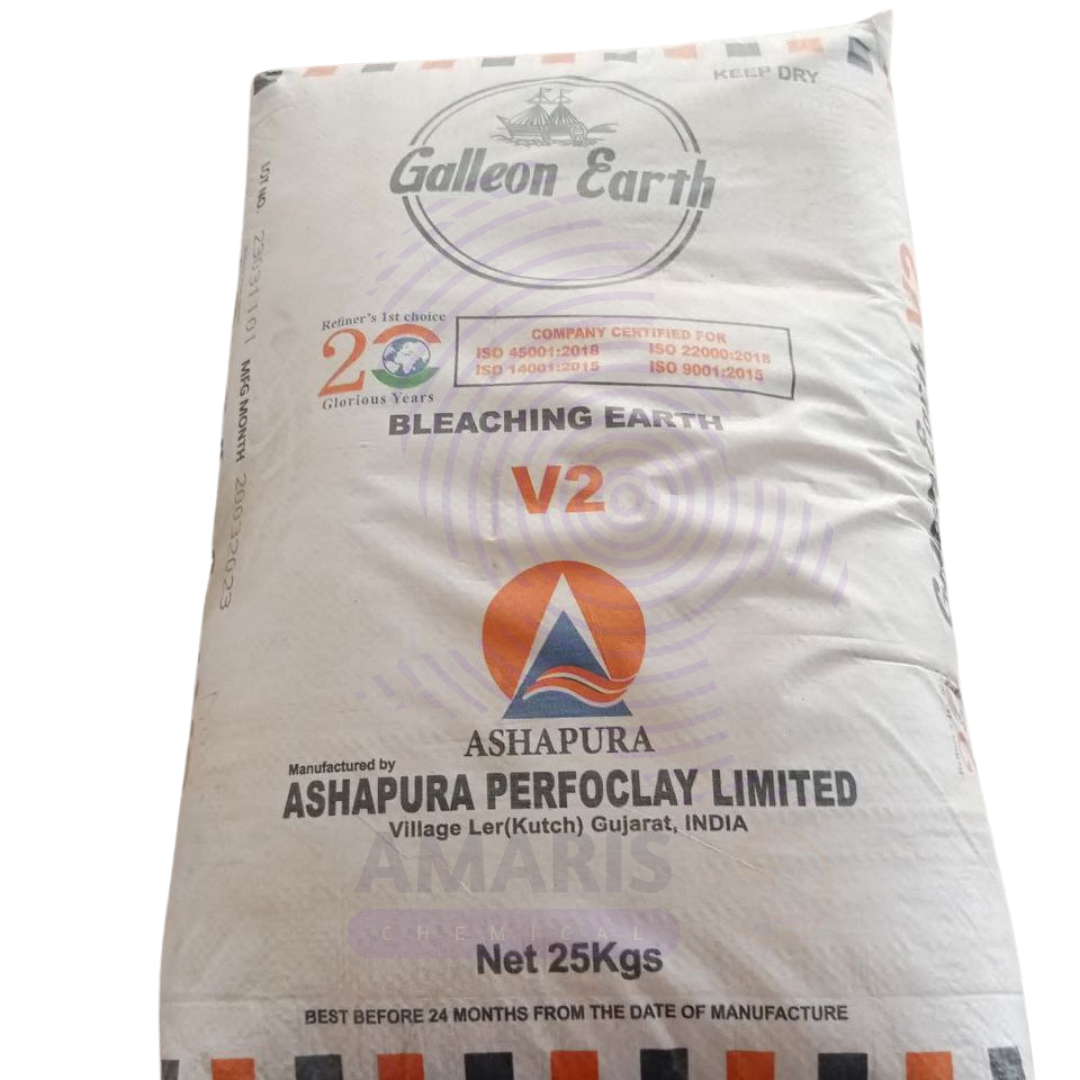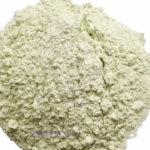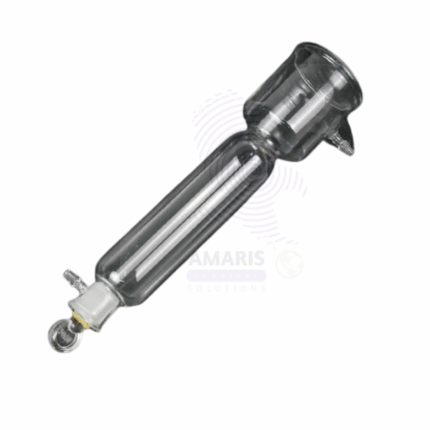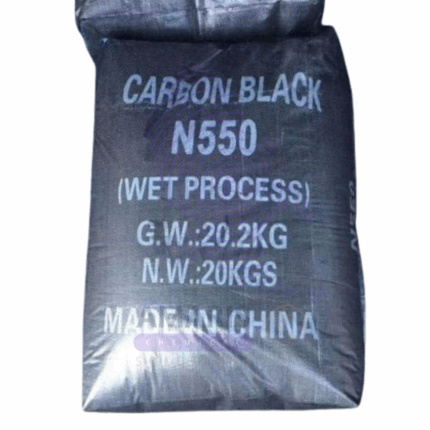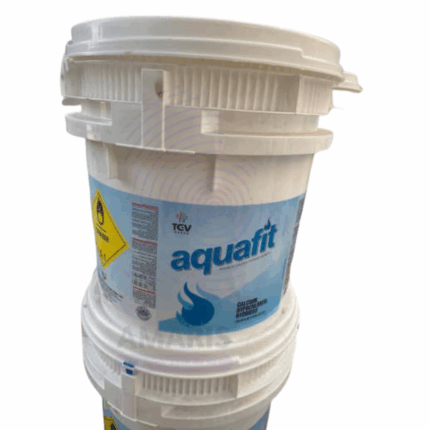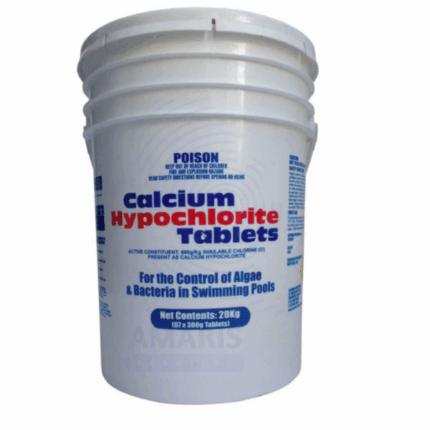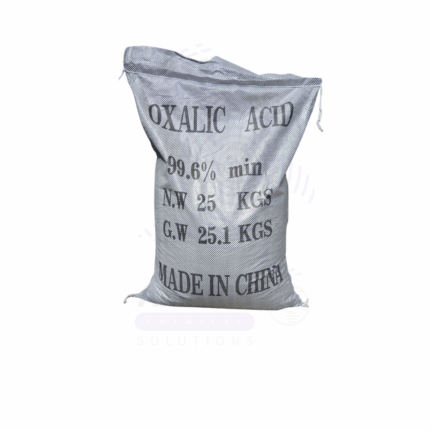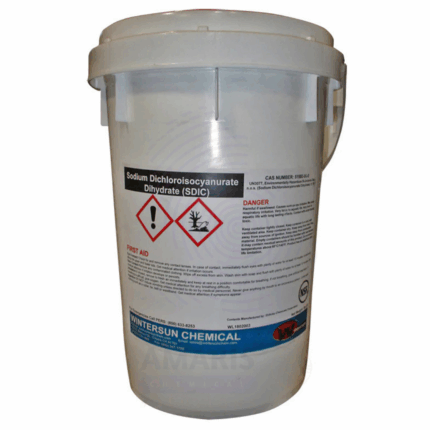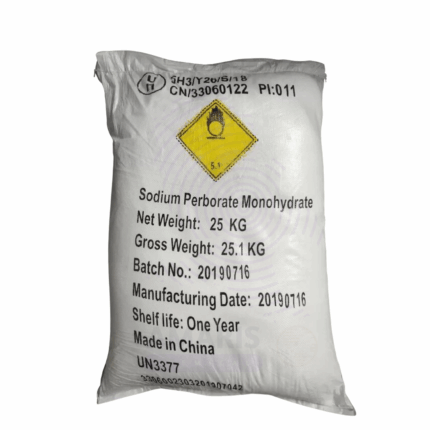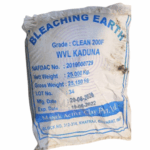
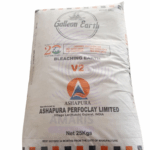
Bleaching Earth
$ 0.21 Original price was: $ 0.21.$ 0.09Current price is: $ 0.09.
Bleaching Earth is a fine, highly adsorptive clay material derived primarily from bentonite or montmorillonite, and in some cases from attapulgite or sepiolite. It is typically activated using acid treatment to enhance its surface area and pore structure. It is widely used to remove color, contaminants, impurities, and odors from edible oils, fats, waxes, petroleum products, and various industrial fluids. Its high adsorption capacity, non-toxic nature, and effectiveness in filtration make it essential in food processing, chemical industries, cosmetics, and waste treatment applications.
Bleaching Earth
Primary Uses
- Edible Oil & Fat Refining
- Removes pigments (chlorophyll, carotenoids), trace metals, soap, oxidation products, and gums.
- Widely used in the purification of palm oil, soybean oil, sunflower oil, coconut oil, fish oil, and animal fats.
- Improves stability, taste, odor, and appearance of refined oils.
- Petroleum & Lubricant Treatment
- Used in the purification of lubricating oils, paraffin waxes, mineral oils, and diesel.
- Adsorbs sulfur compounds, metallic contaminants, and sludge.
- Enhances clarity and performance of recycled oils.
- Biodiesel Purification
- Removes glycerides, catalysts, and pigments from biodiesel during post-treatment.
- Helps meet quality standards for color and chemical stability.
Secondary Uses
- Cosmetics & Personal Care
- Clarifies natural oils used in cosmetics (e.g., castor, coconut, almond oils).
- Acts as a detoxifying agent in some facial masks and scrubs.
- Used in deodorants and powders for its absorbent properties.
- Pharmaceutical & Medicinal Oils
- Clarifies medicinal-grade oils such as cod liver oil and liquid paraffin.
- Removes residual odor and color in drug formulations.
- Environmental Applications
- Used in the treatment of industrial effluents and oily wastewater.
- Helps recover oils and reduce chemical load in wastewater treatment.
- Acts as an absorbent for heavy metals and organic pollutants.
- Waste Oil & Engine Oil Recycling
- Clarifies used automotive and industrial oils to extend usability.
- Removes tars, asphaltenes, and metallic particles.
- Textile, Paints & Rubber Industries
- Used as a filter aid and extender in textile processing.
- Acts as a filler and absorbent in paints and rubber formulations.
- Agriculture & Pet Care
- Added in some formulations as a carrier for pesticides or nutrients.
- Used in cat litter for its high absorbency and odor control.
- Emergency Spill Clean-Up
- Acts as a neutral absorbent for oil, grease, and some chemicals during spills.
- Preferred in industrial safety kits for chemical absorption.
1. Basic Identification Attributes
- Chemical Name (IUPAC): Acid-activated hydrated aluminum silicate
- Common/Trade Name: Bleaching Earth, Activated Clay, Fuller’s Earth
- CAS Number: 1302-78-9
- HS Code: 2508.10.00
- Molecular Formula: Al₂O₃·4SiO₂·H₂O (approximate, varies by composition)
- Synonyms:
- Activated Bleaching Clay
- Montmorillonite clay
- Acid-treated bentonite
2. Physical & Chemical Properties
- Physical State: Fine powder
- Color & Odor: Light gray to buff, odorless
- Particle Size: Typically <75 microns
- Bulk Density: 0.6–1.1 g/cm³
- Moisture Content: 6–15%
- pH (5% slurry): Acid-activated grades: 3–5; natural grades: 7–9
- Solubility: Insoluble in water and organic solvents
- Surface Area: 200–300 m²/g (acid-activated)
- Melting Point: Not applicable (clay structure decomposes)
- Boiling Point: Not applicable
- Flash Point: Not flammable
- Stability: Stable under normal storage conditions
3. Safety & Hazard Attributes
- Hazard Class (GHS): Not classified as hazardous
- NFPA Ratings:
- Health: 1
- Flammability: 0
- Reactivity: 0
- Exposure Limits:
- OSHA PEL (Total Dust): 15 mg/m³
- ACGIH TLV (Respirable Dust): 10 mg/m³
- Reactivity: Chemically inert
- Incompatibilities: Avoid strong oxidizing agents
- Explosion Hazard: None (not combustible or reactive)
4. Storage & Handling Attributes
- Storage Conditions:
- Store in a dry, well-ventilated area
- Avoid contact with moisture and acidic vapors
- Container Types:
- Moisture-resistant paper bags
- Poly-lined sacks
- Fiber drums
- Shelf Life:
- Acid-activated grades: 2–3 years if stored dry
- Natural grades: virtually indefinite
- Special Handling:
- Avoid dust formation
- Handle with dust extraction or masks in large quantities
5. Regulatory & Compliance Attributes
- Food Industry Status: Food-grade types are approved for edible oil refining
- Pharmaceutical Use: Permitted for clarifying medicinal oils (non-ingested)
- Waste Classification: Generally classified as inert mineral waste
- Transportation: Not regulated as hazardous material
- Labeling: No specific hazard labeling required (unless mixed with oils)
6. Environmental & Health Impact
- Ecotoxicity: Inert and non-toxic to aquatic or soil life
- Persistence: Persistent in the environment as natural mineral
- Bioaccumulation: Does not bioaccumulate
- Carcinogenicity/Mutagenicity: Not classified as carcinogenic or mutagenic
- Biodegradability: Not biodegradable (inorganic material)
Safety Handling Precautions
PPE:
- Dust mask or respirator (for airborne particles)
- Safety goggles
- Protective gloves
Dust Control:
- Avoid generating dust clouds
- Use local exhaust ventilation
Static/Electrical Hazards:
- Not sensitive to static
- No grounding needed
Spill Response:
- Sweep gently or vacuum; avoid dry sweeping in bulk
- Avoid inhalation during cleanup
Hygiene Measures:
- Wash hands after handling
- Do not eat, drink, or smoke in processing areas
First Aid Measures
Inhalation:
- Move to fresh air
- Seek medical advice if irritation persists
Skin Contact:
- Wash thoroughly with soap and water
- Remove contaminated clothing
Eye Contact:
- Rinse with water for at least 15 minutes
- Seek medical attention if irritation persists
Ingestion:
- Not toxic in small amounts
- Rinse mouth; seek medical care if large quantity is ingested
Firefighting Measures
Fire Hazards:
- Non-flammable; does not support combustion
Extinguishing Media:
- Use appropriate media for surrounding fire (water spray, foam, dry chemical)
Protective Equipment:
- Wear dust-proof protective gear and self-contained breathing apparatus if exposed to combustion fumes from other materials


 Preservatives(food)
Preservatives(food) Flavor Enhancers
Flavor Enhancers Acidulants
Acidulants Sweeteners
Sweeteners Antioxidants
Antioxidants Colorants(food)
Colorants(food) Nutraceutical Ingredients (food)
Nutraceutical Ingredients (food) Nutrient Supplements
Nutrient Supplements Emulsifiers
Emulsifiers
 Collectors
Collectors Dust Suppressants
Dust Suppressants Explosives and Blasting Agents
Explosives and Blasting Agents Flocculants and Coagulants
Flocculants and Coagulants Frothers
Frothers Leaching Agents
Leaching Agents pH Modifiers
pH Modifiers Precious Metal Extraction Agents
Precious Metal Extraction Agents
 Antioxidants(plastic)
Antioxidants(plastic) Colorants (Pigments, Dyes)
Colorants (Pigments, Dyes) Fillers and Reinforcements
Fillers and Reinforcements Flame Retardants
Flame Retardants Monomers
Monomers Plasticizers
Plasticizers Polymerization Initiators
Polymerization Initiators Stabilizers (UV, Heat)
Stabilizers (UV, Heat)
 Antifoaming Agents
Antifoaming Agents Chelating Agents
Chelating Agents Coagulants and Flocculants
Coagulants and Flocculants Corrosion Inhibitors
Corrosion Inhibitors Disinfectants and Biocides
Disinfectants and Biocides Oxidizing Agents
Oxidizing Agents pH Adjusters
pH Adjusters Scale Inhibitors( water)
Scale Inhibitors( water)
 Antioxidants(cosmetic)
Antioxidants(cosmetic) Emollients
Emollients Fragrances and Essential Oils
Fragrances and Essential Oils Humectants
Humectants Preservatives
Preservatives Surfactants(cosmetic)
Surfactants(cosmetic) Thickeners
Thickeners UV Filters
UV Filters
 Fertilizers
Fertilizers Soil Conditioners
Soil Conditioners Plant Growth Regulators
Plant Growth Regulators Animal Feed Additives
Animal Feed Additives Biostimulants
Biostimulants Pesticides (Herbicides, Insecticides, Fungicides)
Pesticides (Herbicides, Insecticides, Fungicides)
 Active Pharmaceutical Ingredients (APIs)
Active Pharmaceutical Ingredients (APIs) Excipients
Excipients Solvents(pharmaceutical)
Solvents(pharmaceutical) Antibiotics
Antibiotics Antiseptics and Disinfectants
Antiseptics and Disinfectants Vaccine Adjuvants
Vaccine Adjuvants Nutraceutical Ingredients (pharmaceutical)
Nutraceutical Ingredients (pharmaceutical) Analgesics & Antipyretics
Analgesics & Antipyretics
 Analytical Reagents
Analytical Reagents Solvents(lab)
Solvents(lab) Chromatography Chemicals
Chromatography Chemicals Spectroscopy Reagents
Spectroscopy Reagents microbiology-and-cell-culture-reagents
microbiology-and-cell-culture-reagents Molecular Biology Reagents
Molecular Biology Reagents Biochemical Reagents
Biochemical Reagents Inorganic and Organic Standards
Inorganic and Organic Standards Laboratory Safety Chemicals
Laboratory Safety Chemicals Specialty Laboratory Chemicals(Special Laboratory Equipment)
Specialty Laboratory Chemicals(Special Laboratory Equipment)
 Demulsifiers
Demulsifiers Hydraulic Fracturing Fluids
Hydraulic Fracturing Fluids Scale Inhibitors(oil)
Scale Inhibitors(oil) Surfactants(oil)
Surfactants(oil) Drilling Fluids
Drilling Fluids
 Dyes and Pigments
Dyes and Pigments Bleaching Agents
Bleaching Agents Softening Agents
Softening Agents Finishing Agents
Finishing Agents Antistatic Agents
Antistatic Agents
 Admixtures
Admixtures Waterproofing Agents
Waterproofing Agents Sealants and Adhesives
Sealants and Adhesives Curing Compounds
Curing Compounds Concrete Repair Chemicals
Concrete Repair Chemicals Anti-Corrosion Coatings
Anti-Corrosion Coatings
 Surfactants(cleaning)
Surfactants(cleaning) Builders
Builders Enzymes
Enzymes Solvents (Cleaning)
Solvents (Cleaning) Fragrances
Fragrances
 Electronic Chemicals
Electronic Chemicals Catalysts
Catalysts Lubricants
Lubricants Photographic Chemicals
Photographic Chemicals Refrigerants
Refrigerants Automotive chemicals
Automotive chemicals Pyrotechnic Chemicals
Pyrotechnic Chemicals
 Biodegradable Surfactants
Biodegradable Surfactants Bio-based Solvents
Bio-based Solvents Renewable Polymers
Renewable Polymers Carbon Capture Chemicals
Carbon Capture Chemicals Wastewater Treatment Chemicals
Wastewater Treatment Chemicals
 Pigments
Pigments Solvents(paint)
Solvents(paint) Specialty Coatings
Specialty Coatings Binders/Resins
Binders/Resins Additives
Additives Driers
Driers Anti-Corrosion Agents
Anti-Corrosion Agents Functional Coatings
Functional Coatings Application-Specific Coatings
Application-Specific Coatings
 Fresh Herbs
Fresh Herbs Ground Spices
Ground Spices Whole Spices
Whole Spices Spice Blends
Spice Blends Dried Herbs
Dried Herbs
 Leavening Agents
Leavening Agents Dough Conditioners
Dough Conditioners Flour Treatments
Flour Treatments Fat Replacers
Fat Replacers Decoratives
Decoratives Preservatives(baking)
Preservatives(baking)
 Plasticizers & Softeners
Plasticizers & Softeners Reinforcing Agents
Reinforcing Agents Adhesion Promoters
Adhesion Promoters Vulcanizing Agents
Vulcanizing Agents Antidegradants
Antidegradants Blowing Agents
Blowing Agents Fillers & Extenders
Fillers & Extenders Accelerators & Retarders
Accelerators & Retarders